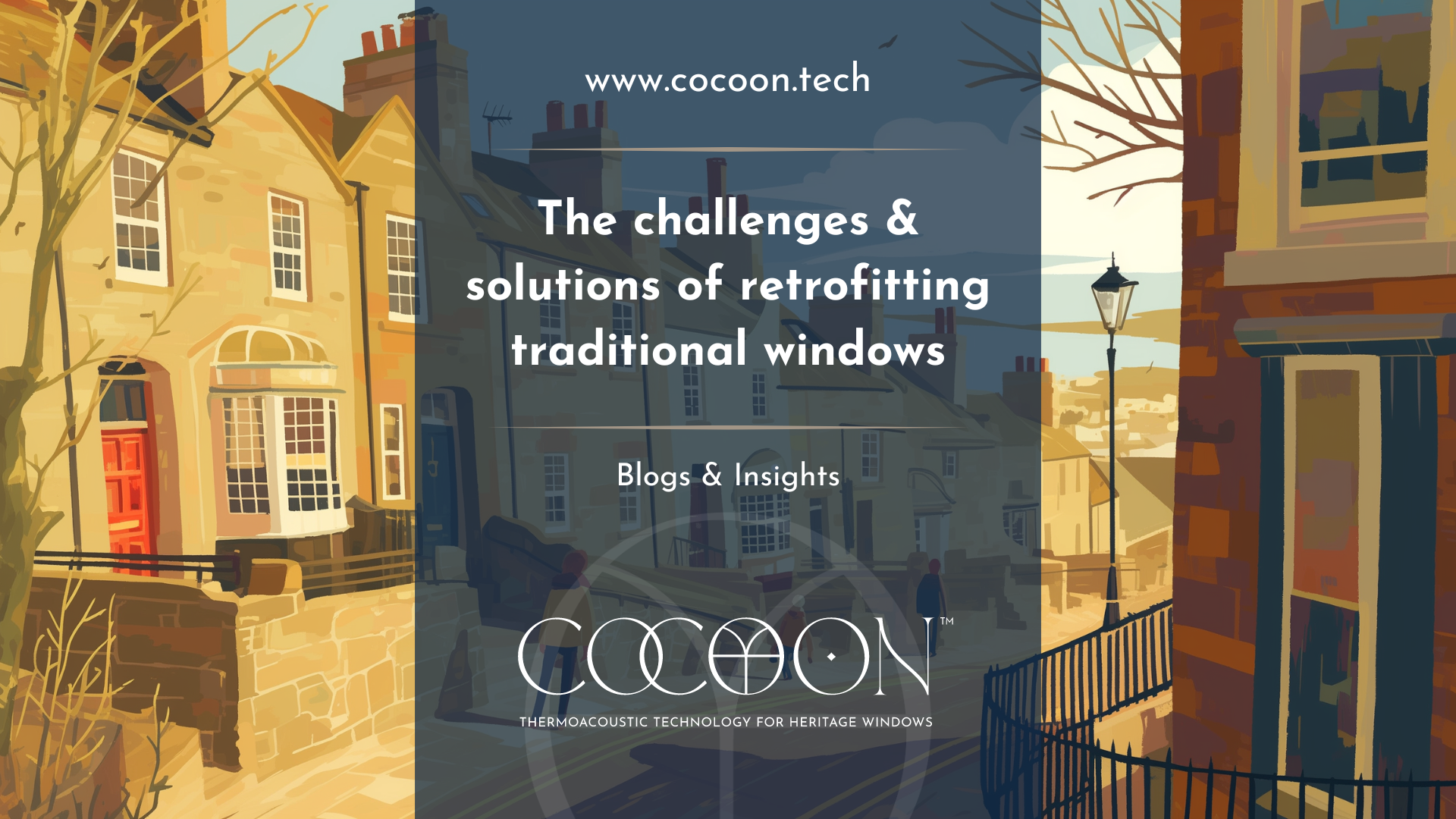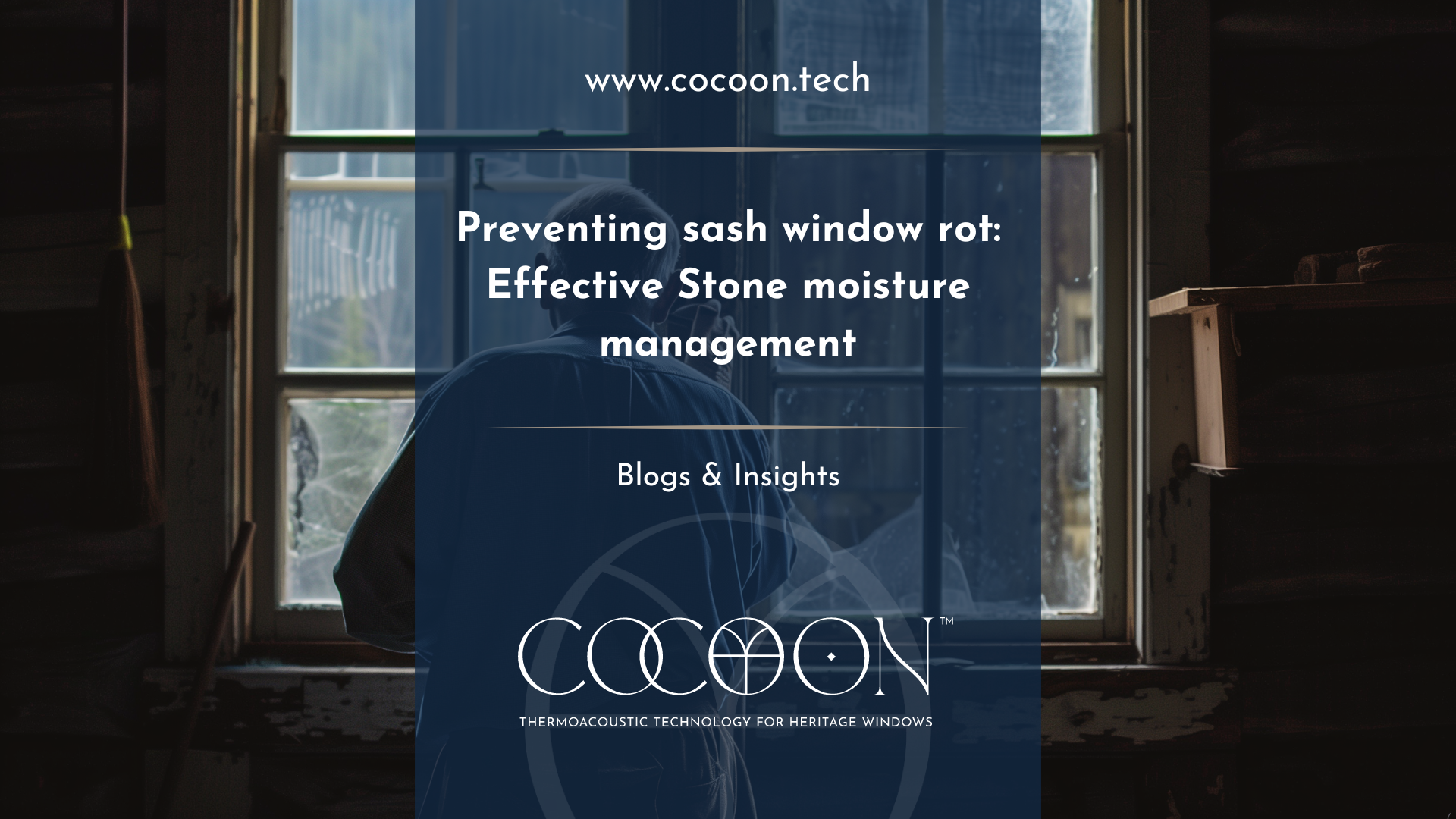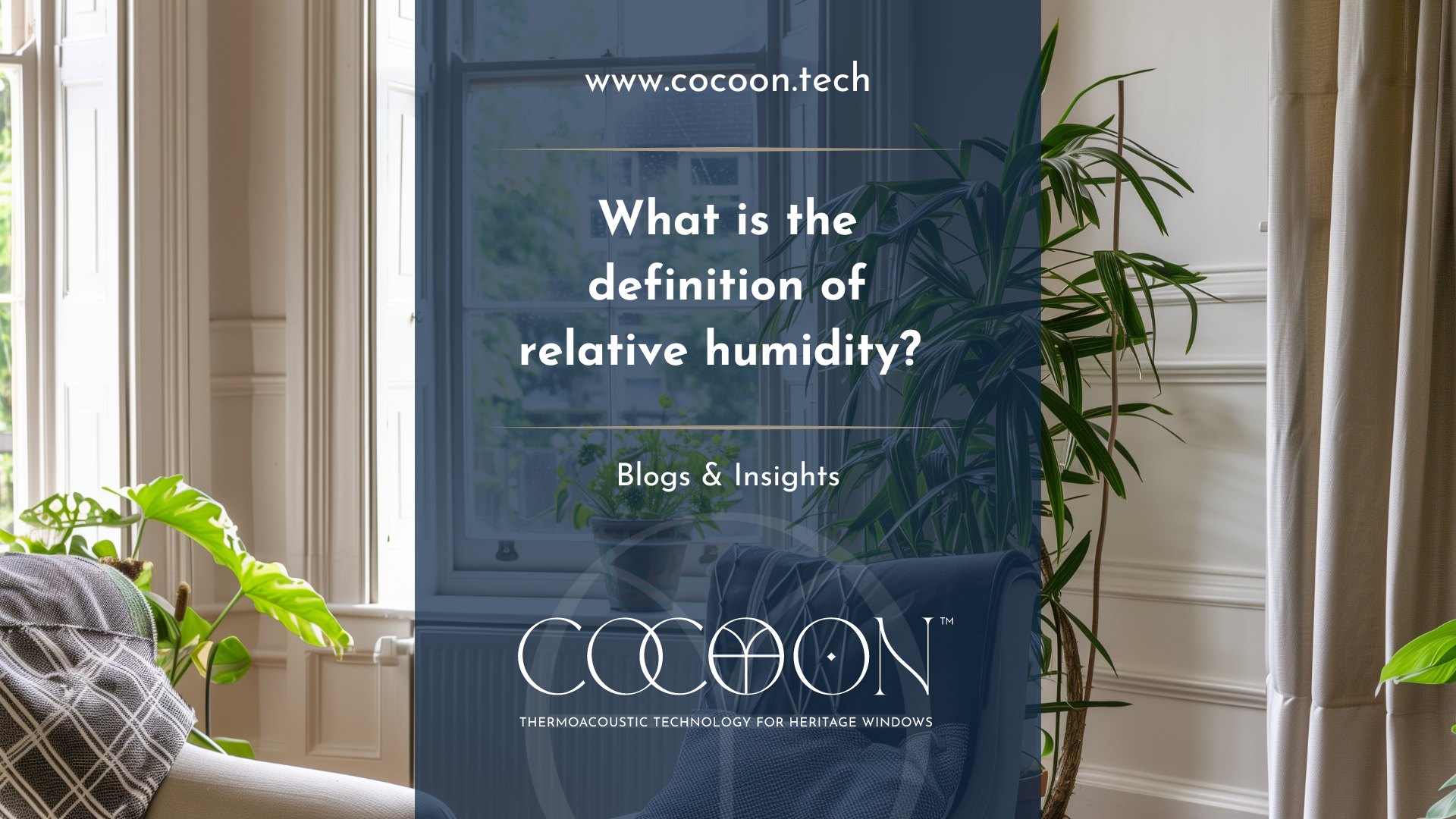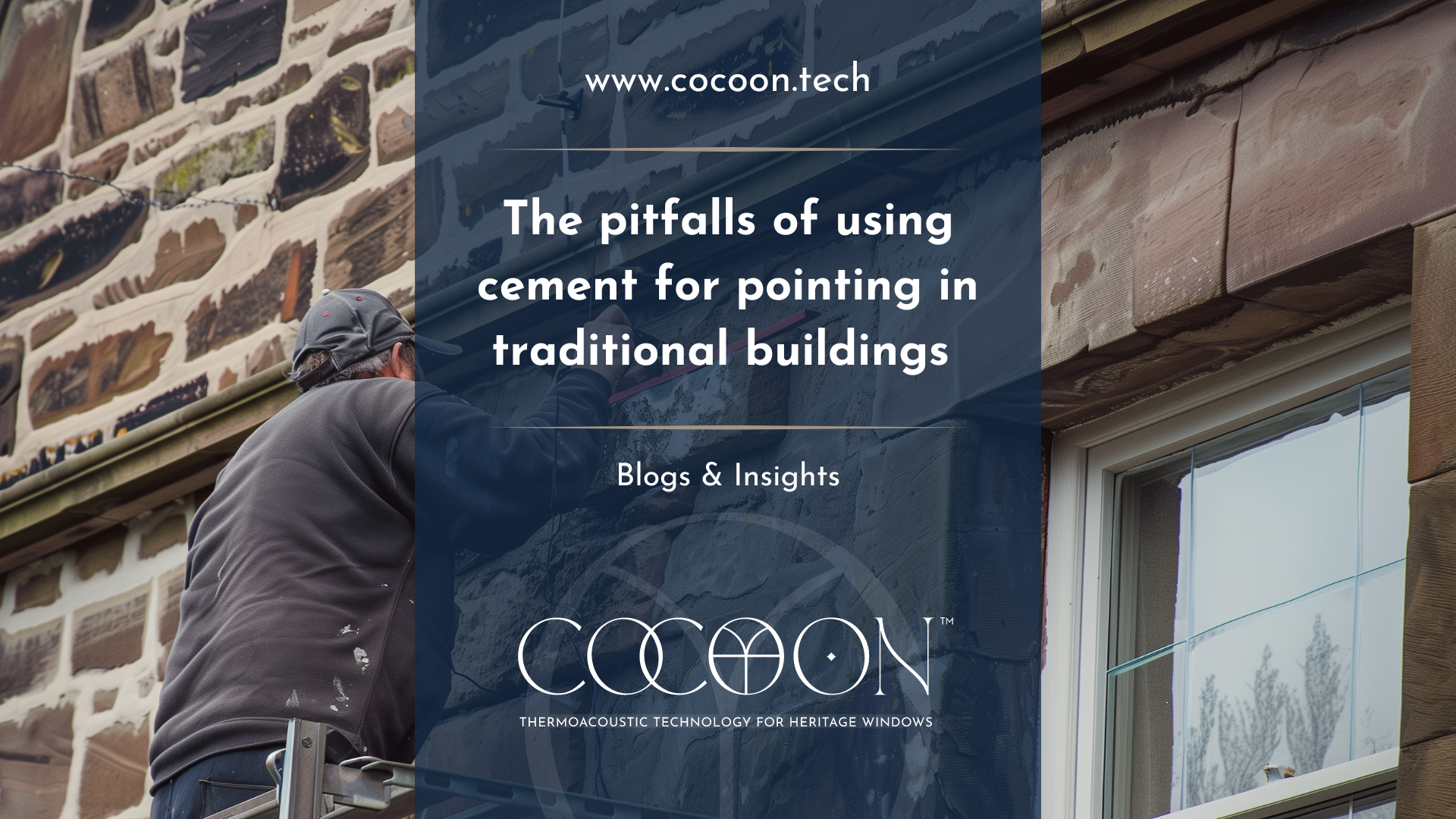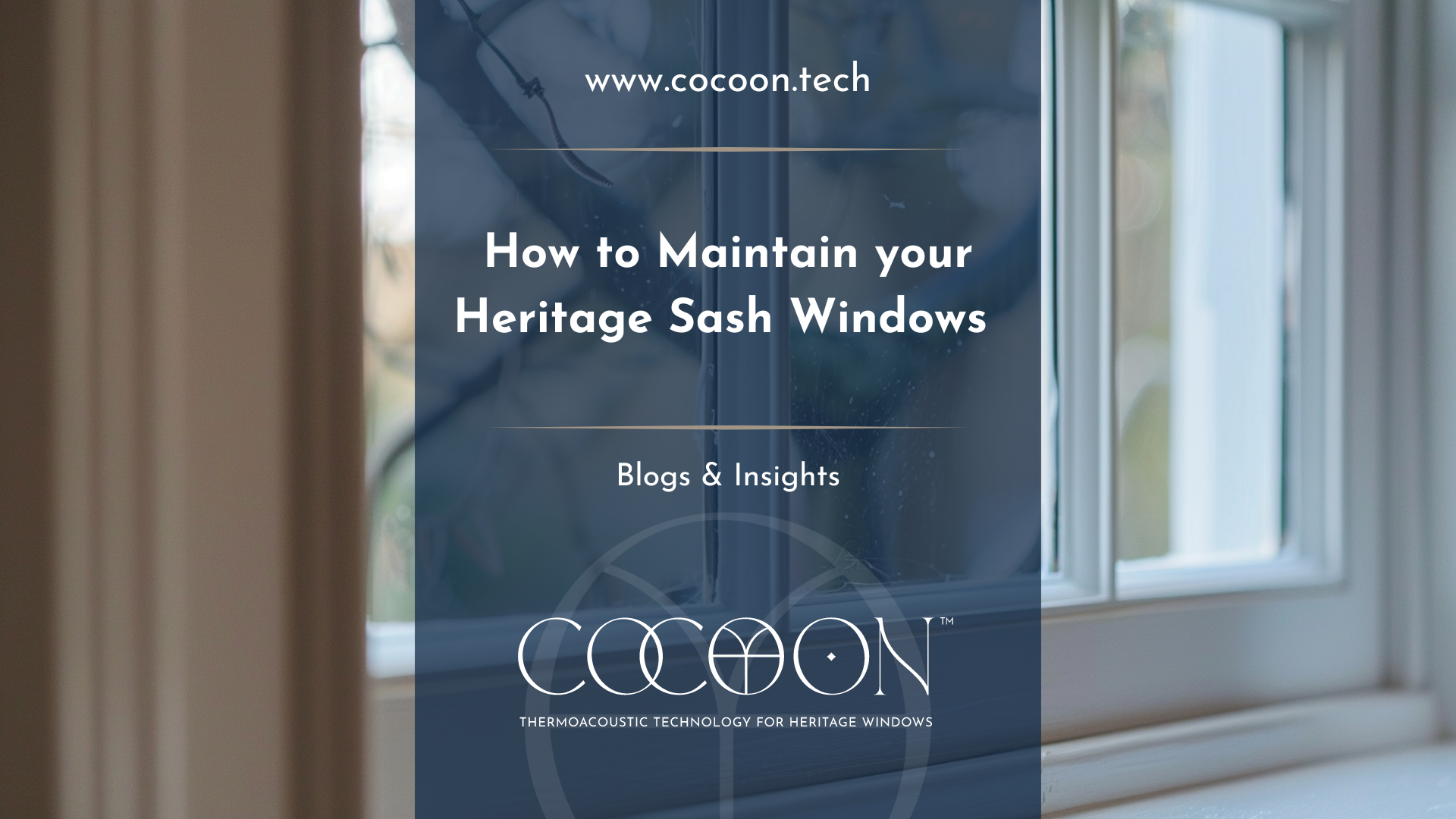How to Care for Stained Glass | Glaze & Save
Whether a decorative glass door panel in a domestic dwelling, or grand
collection of historic fragile glass in a cathedral: it can all be called
stained glass. Comprising of multiple elements, coloured glass, enamel,
metalwork and binders, stained glass is delicate and requires careful to ensure
that it endures for years to come.
Every component of a stained glass window is crucial in ensuring its longevity. Well-made and maintained stained glass can last for hundreds of years, but the failure of one component or another can cause irreparable damage to the entire window. This is why proper maintenance and care is vital to keeping your stained glass at its best.
Potential Damage
It’s important to frequently check your stained glass windows for signs of potential damage such as:
· Drops of water on the glass
· Discolouration or pitting of the surface of the glass
· Loose glass panels
· Bowing or bulging
· Loss of colour or degradation of paint
· Green algae growing on the glass
· Rusting iron framework or cracked lead dividers
· Structural damage around the window
Causes of Damage
The most common causes of damage to stained glass windows, particularly historic stained glass, are excessively damp conditions and condensation. Causes of damp and condensation in stained glass are much the same as those in regular glass: external issues like ineffective gutter and drains, or internal issues such as problems with ventilation and heating. Stained glass can benefits from the condensation eliminating properties of InvisiThermbespoke magnetic secondary glazing to completely eradicate condensation on the glass.
Although condensation and damp are the most likely causes of damage to stained glass, there are other issues that may arise. Windows can crack or bulge if there are structural defects in the window such as inadequate support and failure or lead or copper ties. Paint-on stained glass can flake or degrade if they have not been adequately fired.
Maintenance
Cleaning
The most simple way in which to clean stained glass is to use a dry cloth of soft brush to remove dust and debris. However, if a deeper clean is required, it is important to ensure that the solution you use to clean the window is pH neutral and mixed with water. This is because acidic solutions such as vinegar or lemon juice, can break down the metal bindings that support the glass panels, weakening it over time. Equally, it is important to use a soft cloth in the cleaning of stained glass as rough cloths or scourers may scratch the glass. Use cotton buds to clean hard to read or narrow corners.
Regular Checks
Scheduling monthly checks to looks for loose panes, caulk, findings or any other aspect of your windows will ensure that any issues are caught and dealt with early. If your budget allows it, have your stained glass windows inspected every couple of years by specialists, where they will inspect the paintwork, caulking, metalwork and putty for any issues.
Replacing Loose Putty
Contrary to popular belief it is perfectly possibly to replace loose putty yourself: particularly where the damage is minimal. Wherever you see flaking or loosening putty be sure to quickly replace it to ensure the continued good health of your window.
Time, effort and a small financial outlay will ensure that your stained glass lasts for as long as possible. It will also delay, if not stop completely, the need for expensive and often invasive restorative work. With a good cleaning routine, regular maintenance and observing for potential issues, your stained glass can be expected to last for generations.
Glaze & Save InvisiThermis an excellent solution for stained glass windows. Our patented bespoke magnetic secondary glazing systems completely eradicate condensation, reduce heat loss by 63% and reduce noise by a minimum of 48%: all while leaving your stained glass windows completely intact. Contact us hereto book your free no obligation survey.




